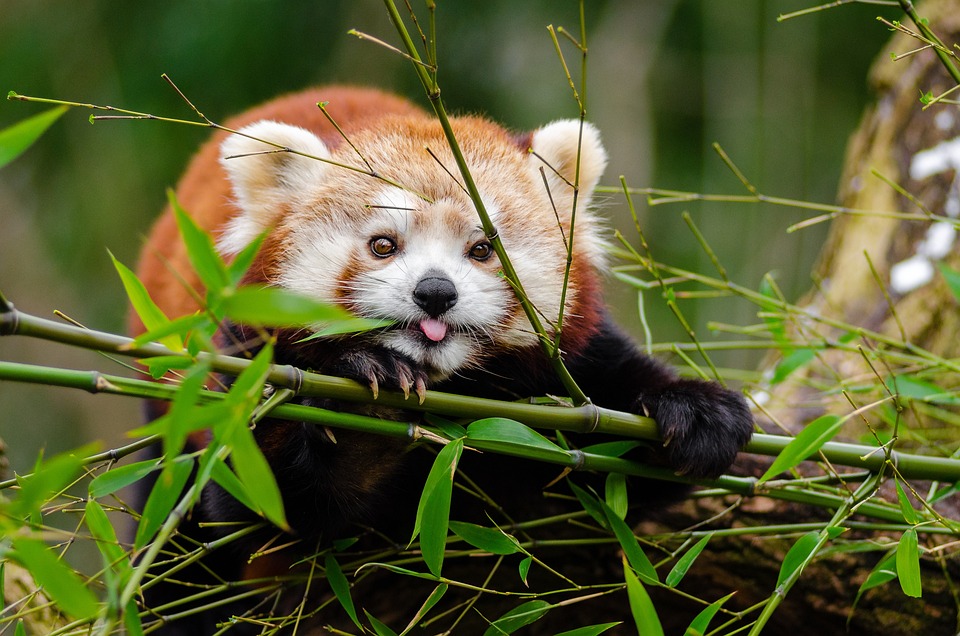The biological cycle is really better defined as the “nitrogen cycle” because primarily what pond keepers are concerned with is nitrogenous waste. Nitrogen is pretty common when it comes to elements. In fact, it makes up almost 80% of our atmosphere so it’s not surprising that it should be found in many plants and animals, too. Nitrogen can be found in proteins and DNA as well as fish waste. The nitrogen cycle in your pond really has to do with what happens to the nitrogen in fish waste, decaying plant matter and uneaten food. The following is a step-by-step explanation of that process.
1. In your pond fish excrete waste, maybe your koi munch the stalk off a submerged plant so it lies decaying on the bottom and there happens to be some uneaten food mixed in with everything else. These are not you only source of nitrogenous waste but they probably make up a large proportion of it. The first nitrogen-based chemical that will appear in your pond is ammonia. This comes about because bacteria and some fungi will subsequently assimilate or break down the aforementioned “stuff” lying on the bottom of your pond and the by-product of which is ammonia. On the scale of harmful chemicals to your koi ammonia is number 1.
2. In a koi pond with a good biological filtration system there will be nitrosomonas bacteria and these guys will take ammonia and oxygen and use it as fuel and turn it into a waste product called nitrite. On the scale of harmful chemicals to your koi nitrite comes in at number 2.
3. The next helpful bacteria in the cycle is called nitrobacter. These bacteria convert nitrites and oxygen into a waste product called nitrate.
4. The nitrates are then assimilated by another suite of bacteria that do not use oxygen, these are called “anaerobic bacteria”. They live in oxygen free parts of the pond and produce free nitrogen from nitrates.
Filter systems were discussed but where do aquatic plants come into play. Plants, like submerged vegetation and surface vegetation (lilies) are critical parts of your pond’s ecosystem for their abilities to “suck up” nitrates, produce dissolved oxygen and block the sunlight that would otherwise help algae grow. What is so bad about algae? Algae is good on one hand because it produces dissolved oxygen which enters the water but algae also grow rapidly then die and once that happens you will end up with a lot of decaying algae in your pond. All the dead algae will drive up ammonia levels and lower oxygen levels. Remember those nitrosomonas bacteria that use oxygen and ammonia to produce nitrites? The more decaying material, the more oxygen will be used up by bacteria leaving your pond with decreasing levels of dissolved oxygen.
